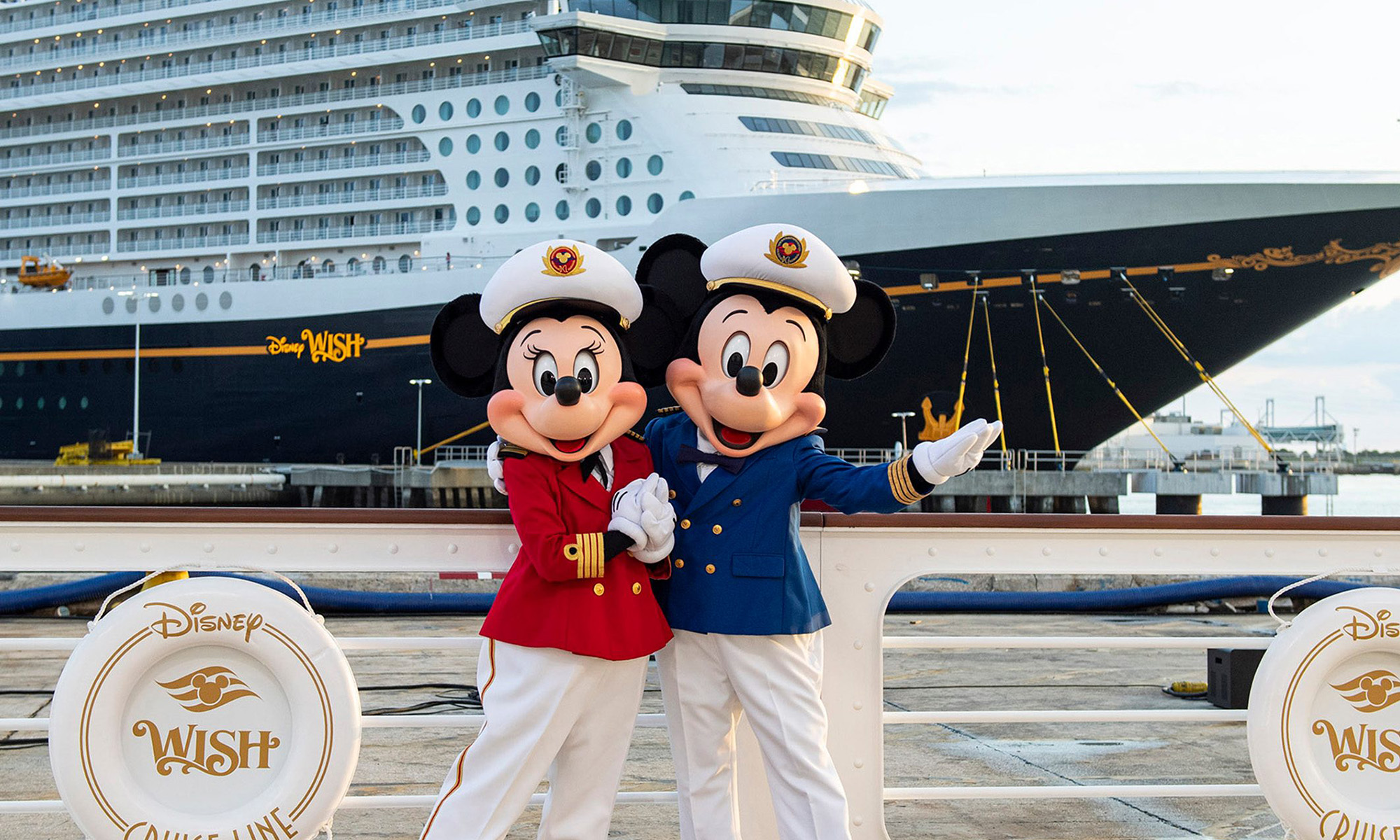Disney (DIS +0.59%) recently launched "version 2.0" of its Infinity NFC (near-field communication) toys, which star its first batch of Marvel Super Heroes -- including characters from The Avengers, Guardians of the Galaxy, and Spider-Man.

Source: Disney.
This could be huge for Disney investors, since "version 1.0" of the figurines -- which didn't feature any Marvel characters -- generated over $500 million in sales between last August and this April. The Infinity video game, which digitally brings the toys to life, was one of the top 10 best-selling video games of 2013, according to research firm NPD Group. Last quarter, Infinity sales lifted revenue at Disney's Interactive division 45% year over year to $266 million. The unit also posted a profit of $29 million, compared to a loss of $58 million a year ago.
Therefore, enhancing the Infinity figurines with Disney's Marvel characters -- which have generated over $4.7 billion in revenue with five films (the first five films were not produced by Disney) -- could help Disney's Interactive business post even bigger gains while promoting upcoming films.
The brilliant business of NFC toys
NFC toys and games are sold on a razor-and-blades model -- the video game is the razor, and the figurines are the blades.
Activision Blizzard's (ATVI +0.00%) Skylanders, the first major NFC toy franchise, was initially sold in a starter bundle, which included a video game, an NFC platform, and three figurines. When an NFC toy is placed on the platform, it unlocks the digital version of the character in the game -- but the game can't be fully completed with the pack-in figurines. To unlock more areas of the game, a gamer needs to buy new figurines. Kotaku once estimated that at a price of $8 per new figurine, it would cost roughly $225 to finish Spyro's Adventure, the first game of the Skylanders series. That's why Skylanders generated over $2 billion in revenue for Activision in less than three years.
Disney's Infinity is clearly inspired by Skylanders, but its approach is slightly different. Disney also sells three-figurine game bundles, but Infinity encourages sandbox play, with characters interacting with one another, while Skylanders games are generally goal-oriented platformers. The Infinity figures are also pricier, at $10 to $15 each. Some Infinity figure packs also include cubes, which unlock new digital play sets for the characters to explore.

Disney promotes Infinity as a "virtual toy box" for your favorite characters. Source: Disney.
Nintendo (NTDOY 1.52%) is the third major player in the NFC toys space. Nintendo's NFC toys, known as Amiibos, can be "teleported" into new games like Super Smash Bros. Amiibos are basically computer-controlled pet fighters that grow stronger with more experience. The fighters can then be ferried between the 3DS and Wii U and used to provide assistance in battles against friends. These figures will cost $13 each.
Disney and Nintendo are clearly replicating Activision's business model, but Disney has clearly demonstrated that there's definitely room for more competitors in the NFC toys market to flourish.
What Infinity teaches us about Disney's Marvel Universe
While it's obvious how Marvel Super Heroes figurines could keep fans excited about Marvel's upcoming films, it also highlights how good Disney is at spreading a franchise across multiple business segments.
In addition to the massive Marvel Cinematic Universe, which is already mapped out through 2019, Disney is also using Marvel properties to boost ABC ratings with Marvel's Agents of SHIELD and the upcoming Agent Carter. These shows take place in the Cinematic Universe to keep audiences interested between feature films. Marvel also recently announced it would bring characters from the Agents of SHIELD TV show into the print comic universe this December.
The popularity of Infinity figurines could also fuel higher sales of licensed Marvel toys, which are manufactured by companies like Mattel (MAT +0.05%) and Hasbro (HAS 0.19%). Disney only gets licensing fees from those toys, but they still helped Disney's Consumer Products business post 16% revenue growth and 25% profit growth last quarter.
A Foolish final word
Just as with Frozen, Disney knows exactly how to sprinkle its Marvel properties across films, TV shows, toys, games, and other merchandise. Enhancing Infinity with Marvel characters combines the momentum of both franchises, and it could cast a halo effect across Disney's Interactive, Studio Entertainment, Media Networks, and Consumer Products businesses.
Looking ahead, Disney has already teased Star Wars Infinity figurines to coincide with the theatrical release of Episode VII, indicating Disney's Interactive division could eventually become much more important to the House of Mouse's top line.









